Deadlifting Straps
Deadlifting Straps
Ever had your grip give out before your muscles did during a deadlift? We've all been there, mate! Enter deadlifting straps—the unsung heroes of weightlifting gear that can truly transform your barbell training experience. These lifting accessories not only help improve grip but also play a crucial role in injury prevention, allowing you to push your limits safely and confidently. Whether you're a powerlifting pro or just starting your strength training journey, incorporating these nifty gym equipment pieces into your routine might just be the edge you need. So, ready to unlock your lifting potential and smash those personal records? Let's dive in! 💪 #GripItAndRipIt
Understanding Deadlifting Straps
Deadlifting straps are an essential tool in any weightlifter's arsenal. They come in handy when you find your grip strength lagging behind your muscle power, allowing you to focus on lifting rather than holding on. Understanding these straps is key to unlocking your potential in the gym.
What Are Deadlifting Straps?
Deadlifting straps are simple yet effective tools that loop around your wrists and the bar, offering extra grip support. Typically made from durable materials like nylon or cotton, they're designed to withstand heavy weights. Their main purpose is to help lifters hold onto the barbell when their grip is compromised.
Using straps isn't about cheating. Instead, they allow you to push past your grip limits so you can target your muscles effectively. For many, they are a game-changer. These straps shift some load from your hands to your wrists, reducing strain and letting your muscles do the heavy lifting.
Incorporating straps can be transformative, especially for those who struggle with grip fatigue. They're particularly beneficial during heavy lifting sets. While they shouldn't replace grip-strengthening exercises, they can certainly complement them.
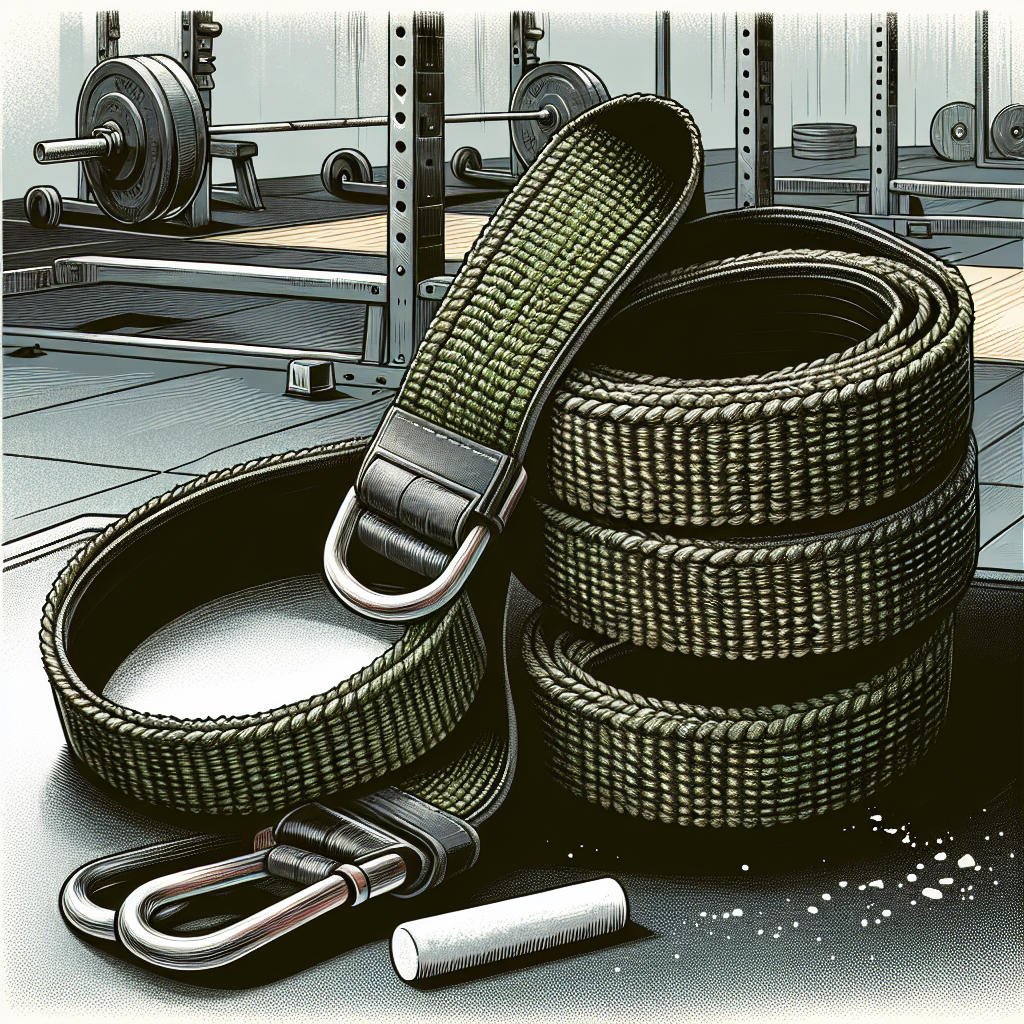
deadlifting straps Types of Lifting Accessories
Lifting accessories come in various forms, each serving a unique purpose. Understanding their differences can help you optimize your workouts. Deadlifting straps are just one piece of the puzzle.
Weightlifting belts are another popular choice. They provide core support during heavy lifts, reducing the risk of injury. Belts are essential for exercises like squats and deadlifts where core stability is crucial.
Knee sleeves are often used to provide compression and warmth, helping to protect the knees from injury. They are especially beneficial during squats and leg presses.
Here's a quick overview:
|
Accessory |
Purpose |
|---|---|
|
Deadlifting Straps |
Improve grip |
|
Weightlifting Belts |
Core support |
|
Knee Sleeves |
Knee protection |
Choosing the Right Weightlifting Gear
Selecting the right gear involves more than just picking what's popular. It's about finding what suits your specific needs and goals. Start by identifying the areas where you need support the most.
Consider the materials and construction of the gear. Durability is a key factor, especially for heavy lifters. Look for straps made from strong materials like cotton or nylon with reinforced stitching.
Comfort is also crucial. If the gear is uncomfortable, you're unlikely to use it regularly. Try different options to find the best fit. Adjustable features can also be a bonus, providing a custom fit.
Finally, think about versatility. Some gear, like straps and belts, can be used in various exercises, adding value to your purchase. By considering these factors, you'll make an informed choice that enhances your lifting experience.

Benefits of Using Straps
Using deadlifting straps can significantly enhance your lifting experience. They offer multiple benefits, from improving grip strength to reducing injury risk. Let's delve into how these advantages can positively impact your workouts.
Improve Grip Strength Instantly
Deadlifting straps are a boon for grip strength. They help you maintain a firm hold on the bar, even as your hands tire. This allows you to lift heavier and longer without grip failure becoming an issue.
Instant grip support is the primary reason many lifters turn to straps. They wrap around your wrist and the bar, distributing the weight more evenly. This means your hands won't bear the full brunt of the weight.
While straps are great for adding grip support, they shouldn't replace grip-strengthening exercises. Incorporate grip work into your routine to build natural strength. Over time, you'll find your grip improving, even without the straps.
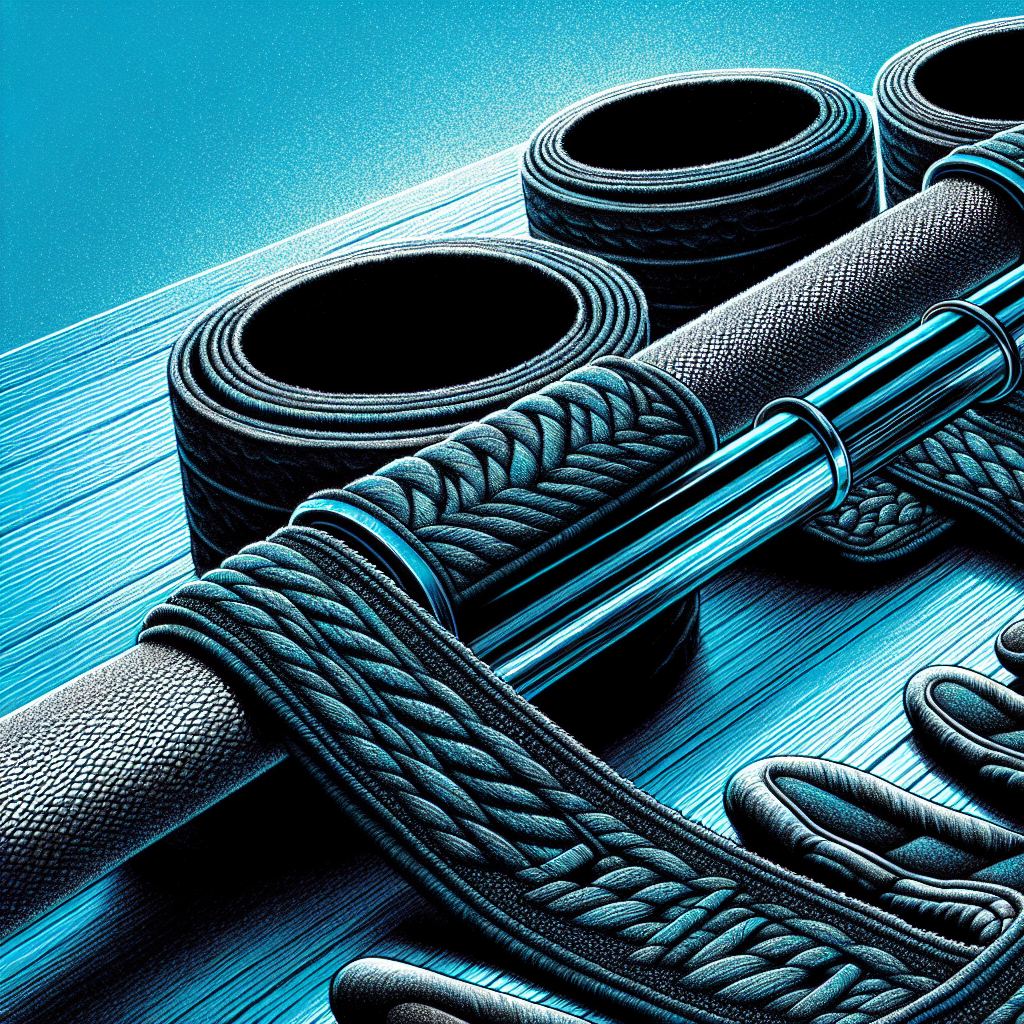
Enhance Your Barbell Training
Straps can significantly enhance your barbell training sessions. They allow you to focus on form and execution rather than holding onto the bar. This means you can push your limits with confidence.
One of the key benefits is the ability to lift heavier weights. With grip issues out of the way, you're free to challenge your muscles more effectively. This leads to better strength gains over time.
Additionally, straps can help you maintain proper form. Without the distraction of grip fatigue, you can focus on the mechanics of the lift. This is crucial for preventing injuries and maximizing muscle activation.
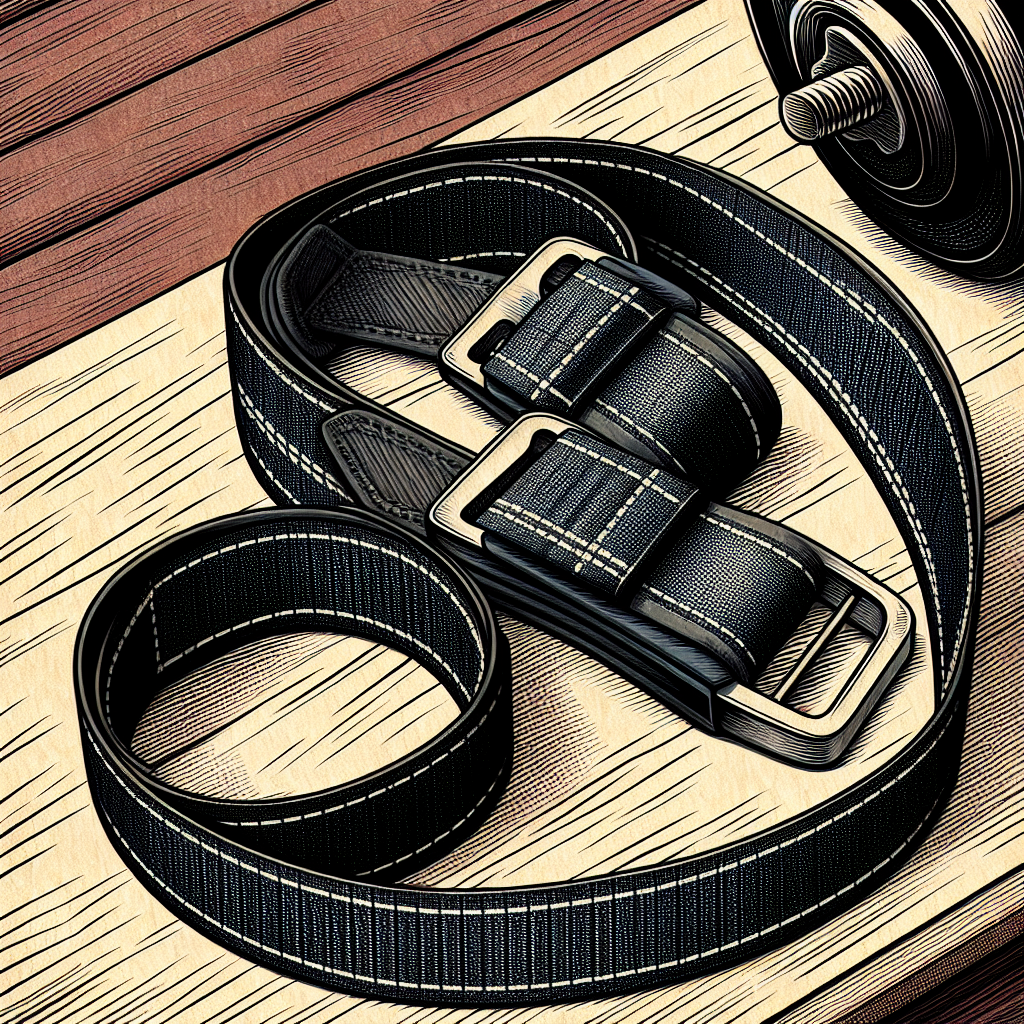
Essential for Injury Prevention
Injury prevention is critical in any lifting routine. Straps play a vital role by reducing strain on your hands and wrists. This can prevent common injuries associated with heavy lifting.
By redistributing the weight load, straps minimize the risk of tendonitis and other overuse injuries. They provide support where it's needed, allowing you to lift safely.
Using straps doesn't mean neglecting proper form. It's essential to maintain good technique to avoid injuries. Straps should complement your lifting, not replace sound fundamentals.
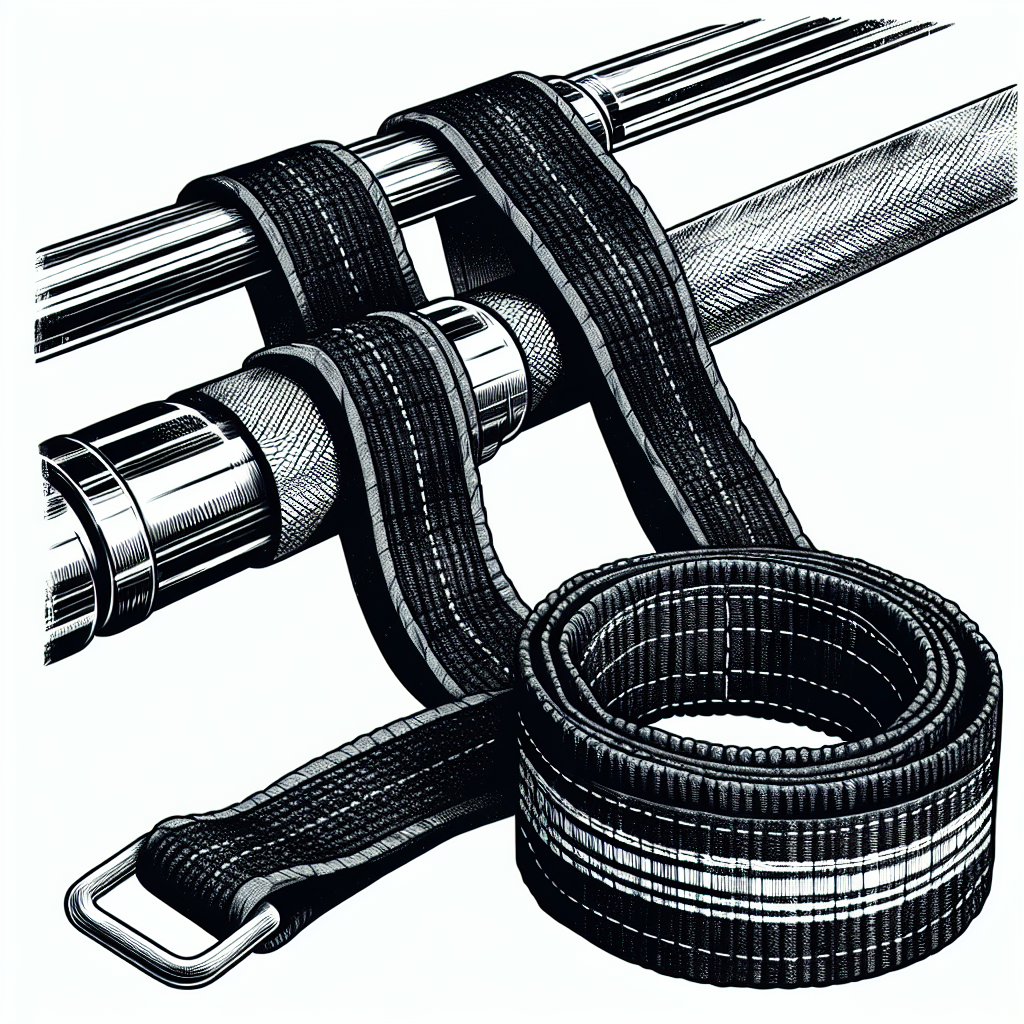
Maximizing Your Gym Game
To truly maximize your gym performance, it's important to integrate deadlifting straps wisely into your routine. They can be a powerful tool for strength training when used correctly.
Incorporating Straps in Strength Training
Incorporating straps into your strength training requires strategy. Start by using them during your heaviest lifts, where grip fatigue is most likely to occur. This allows you to push past your limits safely.
Don't rely on straps for every lift. Reserve them for sets where grip is the limiting factor. This ensures you're still building grip strength while benefiting from the support straps offer.
Balance is key. Use straps selectively to enhance your lifting, not as a crutch. Over time, as your grip improves, you'll find yourself needing them less, which is a good indicator of progress.
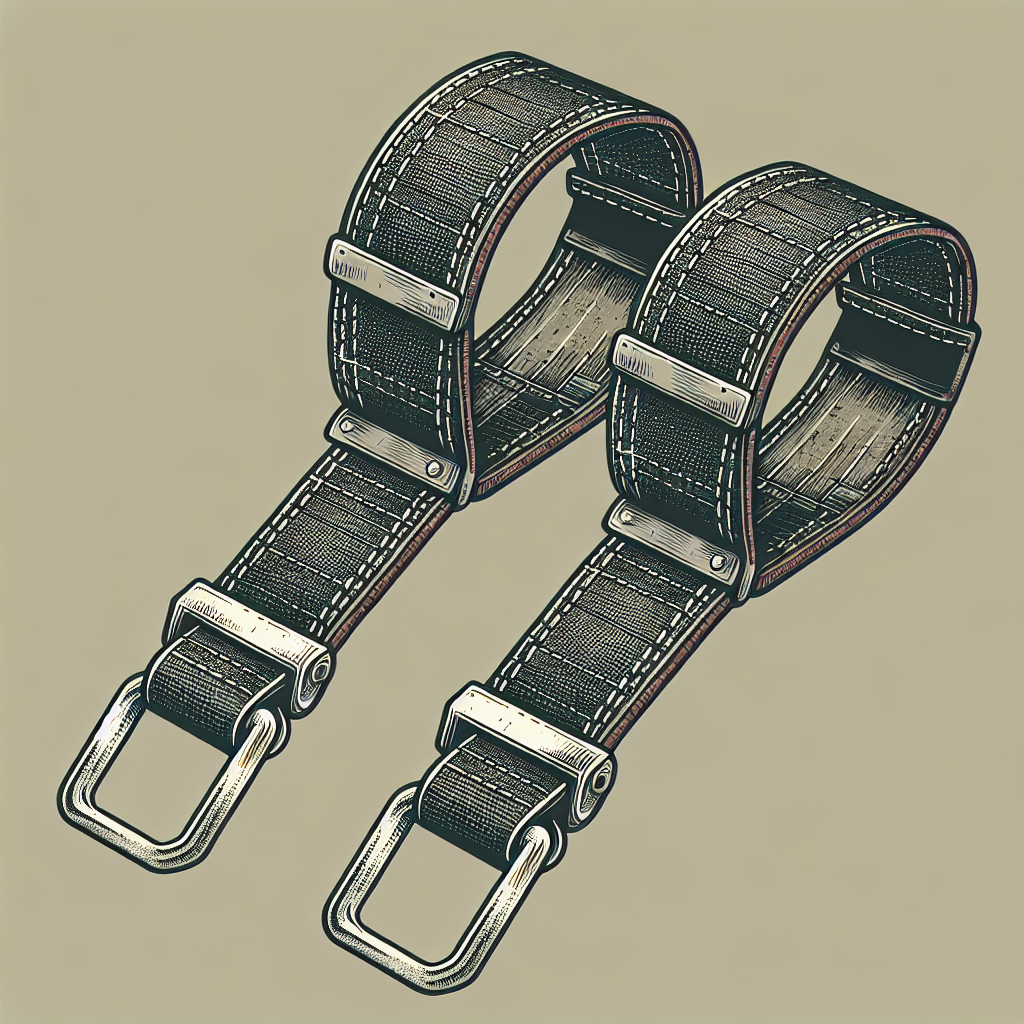
Tips for Effective Powerlifting
Powerlifting with straps requires skill and precision. Here are some tips to get the most out of your lifts:
-
Warm up properly to prepare your muscles for heavy loads.
-
Focus on technique over weight. Proper form reduces injury risk.
-
Use straps during max lifts to push past plateaus.
-
Incorporate grip-strengthening exercises in your routine.
Powerlifting is about incremental gains. By using straps strategically, you can enhance your lifts and achieve new personal records. Keep challenging yourself and stay consistent with your practice.
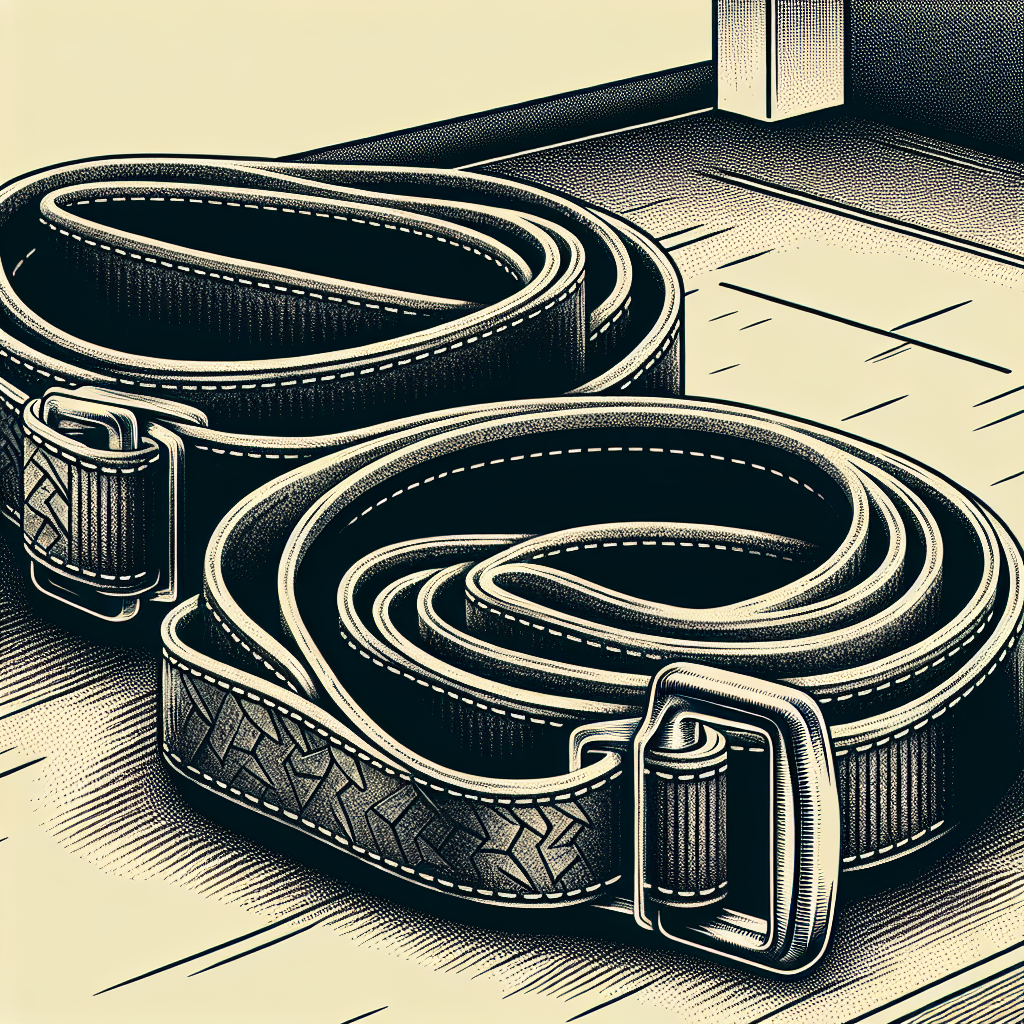
Common Mistakes to Avoid
Avoiding common mistakes with straps ensures you get the most benefit without setbacks. Here are some pitfalls to watch out for:
-
Over-reliance on straps can lead to weakened grip strength.
-
Using straps with poor form increases injury risk.
-
Failing to maintain the straps can lead to wear and tear.
By being mindful of these mistakes, you can use straps effectively and safely. Remember, they are a tool to enhance your lifting, not a substitute for proper technique and training.
How to Use Deadlifting Straps
Understanding how to use deadlifting straps effectively is crucial for maximizing their benefits. With proper technique, they can transform your lifting experience.
Step-by-Step Guide
Here's a step-by-step process for using deadlifting straps:
-
Loop the strap: Place the strap around your wrist, ensuring it's secure but not too tight.
-
Wrap the strap: Loop the remaining length around the barbell, making one or two full wraps.
-
Grip the bar: Hold the barbell over the strap, securing your grip by squeezing tightly.
-
Lift: Perform your lift as usual, with the strap providing additional support.
This method ensures the strap is secure and provides optimal support during your lift. Practice makes perfect, so take the time to get it right.

Integrating with Other Gym Equipment
Integrating deadlifting straps with other gym equipment can elevate your entire workout. They work well with a range of exercises, complementing other lifting aids.
Use straps with barbells during deadlifts and rows to enhance grip. They can also be beneficial for pull-ups and other grip-intensive exercises.
When using straps alongside other gear, ensure compatibility. Straps should not interfere with other equipment like weightlifting belts or knee sleeves. With the right setup, you can create a cohesive and effective lifting routine.
When to Ditch the Straps
Knowing when to ditch the straps is just as important as knowing when to use them. Straps are a tool, not a crutch, and should be used strategically.
Consider reducing strap usage as your grip strength improves. Aim to perform lighter sets without straps to build natural grip strength. This balance ensures you're not over-relying on them.
Listen to your body. If you notice hand or wrist discomfort, it might be time to reassess your use of straps. Striking the right balance ensures you benefit from the support while still improving overall strength.
Beyond the Straps: Essential Gym Gear
While deadlifting straps are invaluable, they're just one part of a well-rounded gym setup. Other essential gear can complement your lifting and enhance performance.
Must-Have Lifting Accessories
A well-equipped gym bag can make all the difference. Besides straps, consider these must-have accessories:
-
Weightlifting belts: For core stability and support during heavy lifts.
-
Knee sleeves: To protect and support your knees.
-
Chalk: For improved grip without straps.
Each piece serves a unique purpose, contributing to a safer and more effective workout. Investing in quality accessories can enhance your lifting experience and protect against injury.
Boost Performance with Our Barbell Jack
A barbell jack is an underrated tool that can greatly enhance your lifting routine. It allows you to easily load and unload weights, making transitions between exercises smoother.
Benefits of using a barbell jack include:
-
Efficiency: Save time and energy during setup.
-
Safety: Reduce risk of injury when loading heavy plates.
-
Convenience: Simplifies weight changes during workouts.
Incorporating a barbell jack into your routine can improve your gym flow, letting you focus on lifting rather than plate management. It's a small investment with big returns.
Elevate Your Clean and Jerk Technique
Enhancing your clean and jerk technique requires focus and the right tools. Straps can play a role by improving grip during practice, letting you hone technique without worry.
Start with lighter weights to perfect form. As you gain confidence, gradually increase the load, using straps as needed for extra support.
Key points for improvement:
-
Focus on explosive power and precision.
-
Maintain proper alignment and posture.
-
Use accessories like belts for added support.
By integrating straps and other gear into your clean and jerk practice, you can elevate your technique and performance. Keep refining your skills for consistent improvement.

Leave a comment
Please note, comments must be approved before they are published